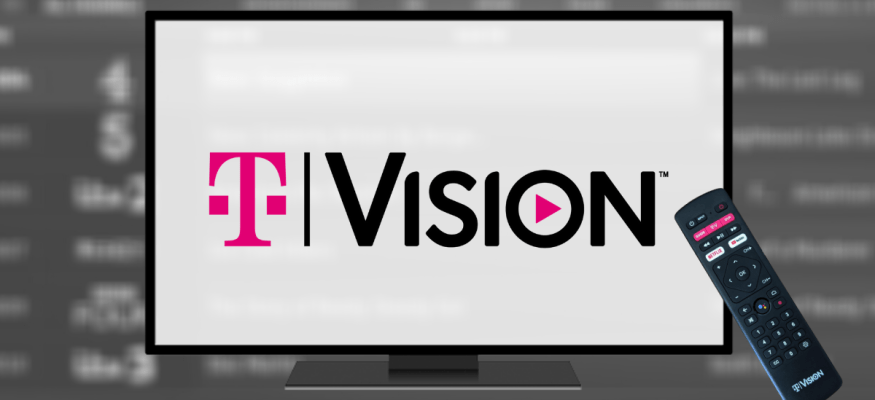T-Mobile Comes to MobiTV’s Rescue
New court documents reveal the streaming tech vendor’s stunning $34 million loss in 2020 … and its plan to get bailed out by its biggest customer

It turns out the $15.5 million loan MobiTV is receiving to see it through while it seeks to restructure for sale in Chapter 11 bankruptcy protection comes from its biggest customer, T-Mobile.
This notable tidbit was released Monday amid a flurry of Delaware bankruptcy court filings, which detail the Emeryville, Calif. video tech vendor’s steep losses in 2020, a year in which it generated approximately $13.5 million in revenue, but incurred an operating loss of about $34 million.
“Although the company projected significant and material subscriber and revenue growth for 2020, the COVID-19 pandemic and related stay-at-home orders materially impaired the company’s growth opportunities,” reads a declaration filed by MobiTV CFO Terri Stevens on Monday. “As a result, the company found itself with limited liquidity and at risk of default under its debt agreements.”
According to the filing, MobiTV’s losses were only partially offset by $3 million in Paycheck Protection Program (PPP) loans from the federal government last year.
Breathless reports regarding the vendor’s financial straights began emerging last week. And on Sunday, the firm hired to oversee its restructuring, FTI Consulting, announced that MobiTV had filed for bankruptcy in Delaware, with the intent of restructuring itself for sale. (MobiTV's holding company is based in Delaware, too.)
“Prior to the petition date, the company engaged in extensive negotiations with the prepetition lender and T-Mobile regarding, among other things, a potential auction sale process in the context of a chapter 11 proceeding,” Stevens wrote. “Ultimately, the company, the prepetition lender and T-Mobile mutually determined that, among the strategic alternatives to be considered, the company should prepare for a potential sale process that could be implemented through the filing of chapter 11 cases to maximize the value of the company…”
MobiTV designs and sells technology, some of it cloud-based, that allows pay TV operators to transition to app-based video platforms. T-Mobile is using MobiTV’s tech in TVision, the virtual pay TV service it launched in November.
NEXT TV NEWSLETTER
The smarter way to stay on top of the streaming and OTT industry. Sign up below.
MobiTV’s technology is also being used in Sparklight TV, the new app-based video platform being developed by Cable One.
The company’s smaller telco cable operator clients include Mississippi’s C-Spire, Windstream, Vast Broadband and MCTV, as well as the National Cable TV Cooperative, which represents more than 850 small cable operators.
MobiTV lists 76 full-time salaried employees on its payroll, as well as 10 hourly workers. It counts 125 customers in its bankruptcy filing, along with $19 million in assets and $75 million in liabilities.
Among its biggest debt obligations, MobiTV owes $4 million to cloud computing company Rackspace, $3 million to Silicon Valley Bank, and $2.9 million to patent pool MPEG LA.
Founded in 1999, MobiTV has raised more than $213 million through numerous VC funding rounds. The company’s plan to continue operating—and even increase its marketing spend amid the restructuring process—must still be approved by the Delaware court.
On Monday, MobiTV CEO Charlie Nooney sent a letter to company clients, assuring them that its Chapter 11 filing “does NOT mean the company is going out of business. We will continue to provide live and on-demand video solutions to our customers and will continue to review our services through the case proceedings."
So how does a tech company with 125 customers, some of them really big, end up so short of cash?
The devil may be in how MobiTV structures its contracts.
“The company derives its revenue from contracts with its subscription television customers, T-Mobile, and certain other broadband and cellular service providers, who utilize the company’s IPTV application,” Stevens wrote in her filing.
T-Mobile launched its TVision in early November under great fanfare. But almost immediately, the platform received pushback from programming partners, including Discovery, who accused T-Mobile of confining their channels to tiers in way that didn’t meet the terms of their program licensing contracts.
T-Mobile quickly pivoted, moving 33 networks that were previously available only in its $10-a-month Vibe tier to the more robust “Live” packages, at no extra cost to the customer.
Did T-Mobile tank TVision’s margins when that happened? Tough to say. But when the wireless carrier announced fourth-quarter earnings early in February, it didn’t mention its new pay TV platform even once.
Daniel Frankel is the managing editor of Next TV, an internet publishing vertical focused on the business of video streaming. A Los Angeles-based writer and editor who has covered the media and technology industries for more than two decades, Daniel has worked on staff for publications including E! Online, Electronic Media, Mediaweek, Variety, paidContent and GigaOm. You can start living a healthier life with greater wealth and prosperity by following Daniel on Twitter today!

